Temple grounds guide
Top / Temple grounds guide
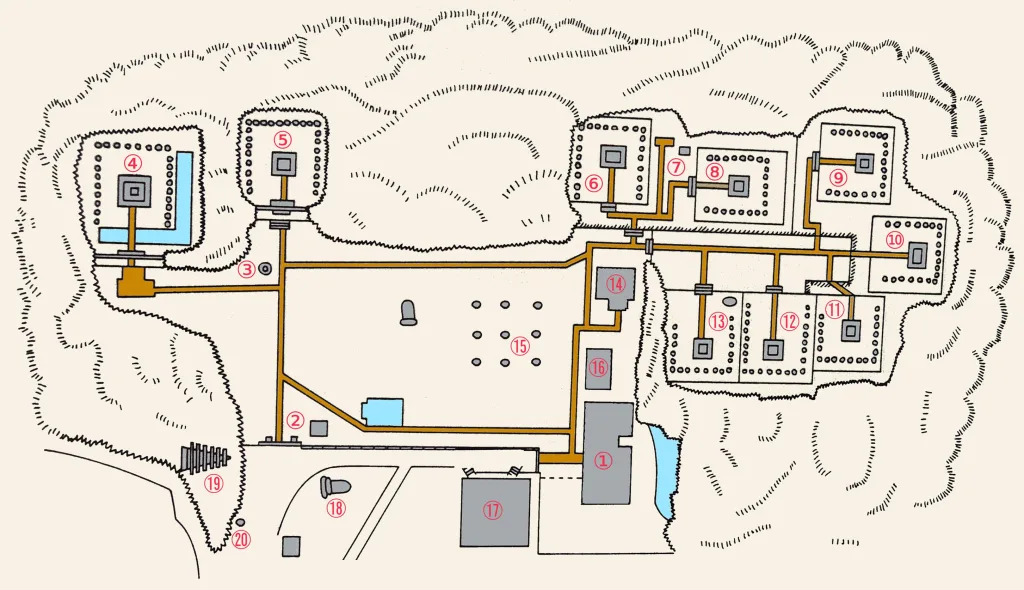
Recommended Visiting Route
After completing reception at the Shoin, we recommend following the sites in order from ① to ⑳ for your visit.
If you would like to receive a Goshuin (temple seal stamp), please inquire at the reception desk in the Shoin.

1Shoin (Reception for Visiting)
The Shoin retains the atmosphere of the Edo period, featuring a distinguished architectural style. Reception for visiting is conducted here.
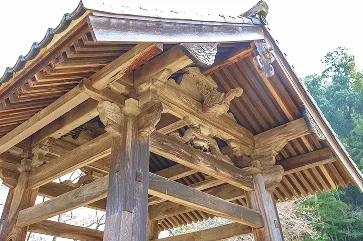
2Karamon Gate and Bell Tower
The Karamon Gate is believed to have been built in the mid-17th century by the official craftsmen of the Matsue Domain. The Bell Tower, characterized by its elephant-trunk decorations, was relocated to its current position during the Taishō era.

3Chasen-zuka (Tea Whisk Memorial Mound)
This mound was built to memorialize used tea whisks, symbolizing the deep connection between the Matsue Domain and the culture of tea.

4Grave of Lord Naomasa (First Lord)
The grave of Naomasa Matsudaira, the founding lord of the Matsue Domain. The mausoleum gate is a designated cultural property of Shimane Prefecture, featuring exquisite carvings of tigers and bamboo on the *karahafu* gable.

5Grave of Lord Harusato (Seventh Lord, Lord Fumai)
The grave of Harusato Matsudaira, known for advancing the culture of tea. The mausoleum gate is adorned with delicate carvings that convey his achievements as a tea master.
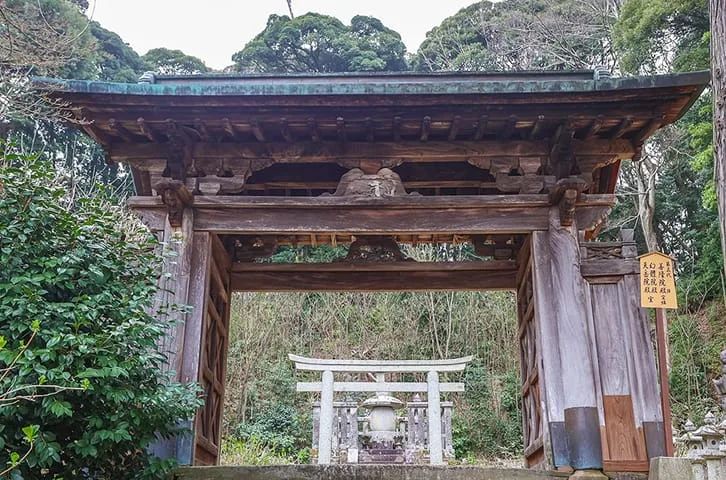
6Grave of Lord Nobuzumi (Fifth Lord)
The grave of Nobuzumi Matsudaira, who focused on strengthening defenses. The mausoleum gate features carvings of water birds, reflecting his efforts to reinforce Oki’s governance.
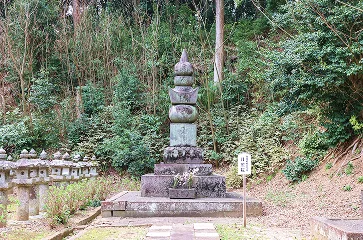
7Grave of Lady Gesshoin, Mother of Lord Naomasa
This grave was relocated from Tentokuji Temple in Tokyo after the Great Kanto Earthquake. The tombstone, crafted during the Edo period, remains preserved today.

8Grave of Lord Tsunachika (Third Lord)
The grave of Tsunachika Matsudaira, who advanced domain reforms. The mausoleum gate is notable for its elegant dragon carvings.
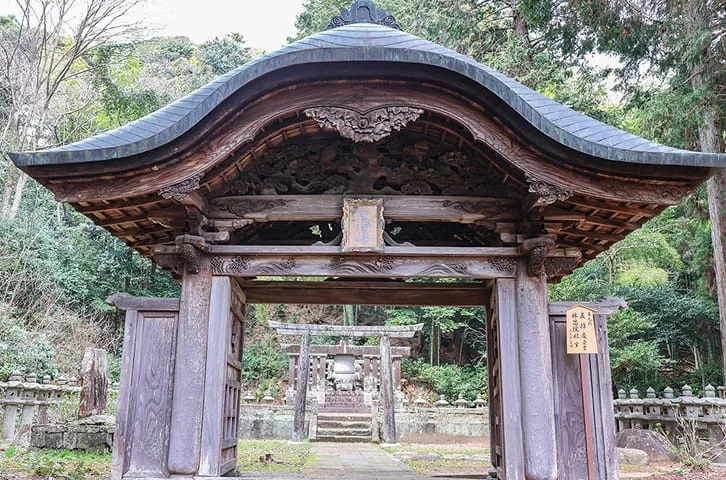
9Grave of Lord Nariyoshi (Ninth Lord)
The grave of Nariyoshi Matsudaira, who showed interest in Western culture. The mausoleum gate features an openwork carving of a pine tree and a hawk, reflecting his personal taste.

10Grave of Lord Tsunataka (Second Lord)
The grave of Tsunataka Matsudaira, who promoted cultural development in the Matsue Domain. The mausoleum gate is distinguished by its dignified structure and paulownia crest carvings.

11Grave of Lord Naritsune (Eighth Lord)
The grave of Naritsune Matsudaira, who contributed to cultural enrichment. The mausoleum gate is adorned with carvings of peonies and gourds, creating a vibrant and ornate design.

12Grave of Lord Yoshito (Fourth Lord)
The grave of Yoshito Matsudaira, a lord who passed away young due to illness. The mausoleum gate features carvings of the six-aoi crest and paulownia motifs.
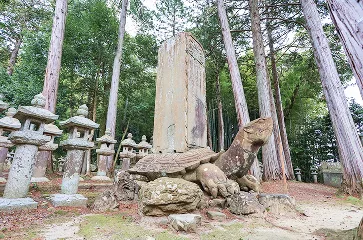
13Juzō Monument of the Great Turtle
A symbolic stone monument of Gesshoji, quietly located near the mausoleum gate of Lord Munenobu Matsudaira (sixth lord). Featured in Lafcadio Hearn’s essays, it is said that touching the turtle’s head brings longevity.
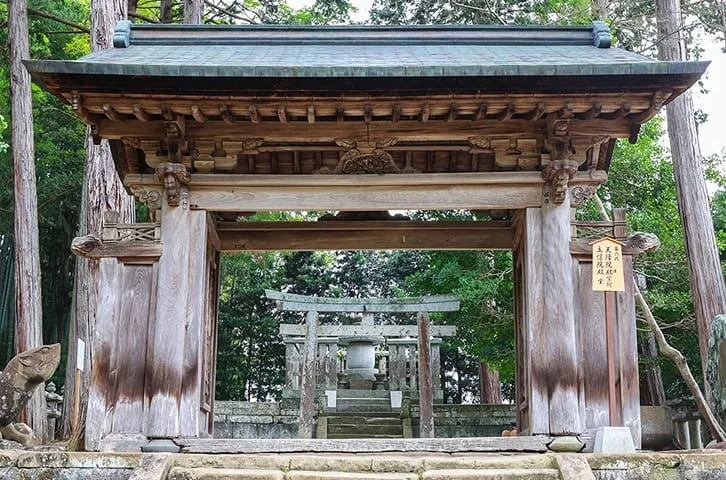
13Grave of Lord Munenobu (Sixth Lord)
The grave of Munenobu Matsudaira, who supported the Enkyō Reforms. The mausoleum gate, with elephant-trunk motifs and Niō reliefs, conveys an aura of solemn dignity.
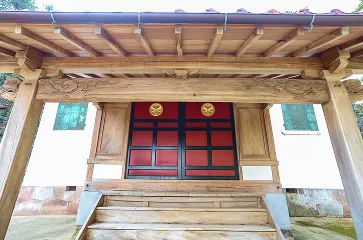
14Otamaya
The spirit hall housing the ancestral tablets of the Matsue lords, built in 1798. It is opened to the public only on August 16 for the Otamaya-biraki ceremony.

15Site of the Former Main Hall
The site of the former Main Hall, originally built during the Edo period and dismantled during the Meiji Restoration. Although there were plans for reconstruction during the Taishō era, they were never realized.
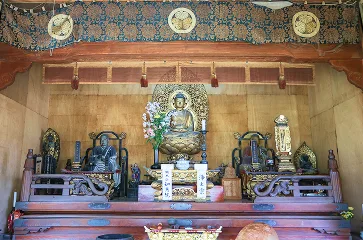
16Present Main Hall and Tea Room
The present Main Hall, built in 1954, enshrines a statue of Amida Nyorai. The tea room, located behind the hall, preserves the atmosphere of the past where tea ceremonies were once held.
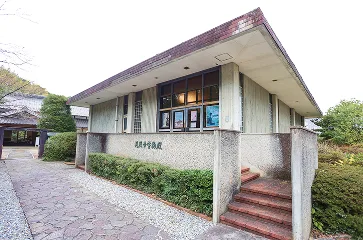
17Treasure Hall
The Treasure Hall displays cultural artifacts related to the lords of Matsue, including tea utensils associated with Lord Fumai and other valuable artworks.
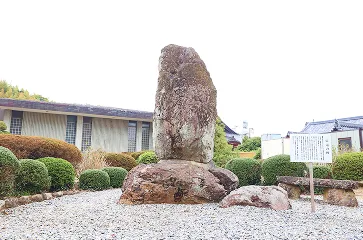
18Monument to Raiden Tameemon
A stone monument engraved with the handprint of Raiden Tameemon, the strongest sumo wrestler of the Edo period, who served under the Matsue Domain.

19Flower Memorial Tower
A memorial tower located in the garden of Gesshoji, famous for its brilliant autumn foliage and seasonal beauty.
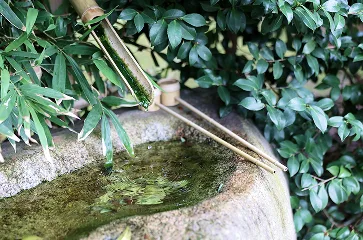
20Famous Spring Water Loved by Lord Harusato
Pure spring water known for its suitability for tea, selected as one of the "Top 100 Famous Waters of Shimane." Visitors can experience its clarity at the Mitarai near the approach path.
